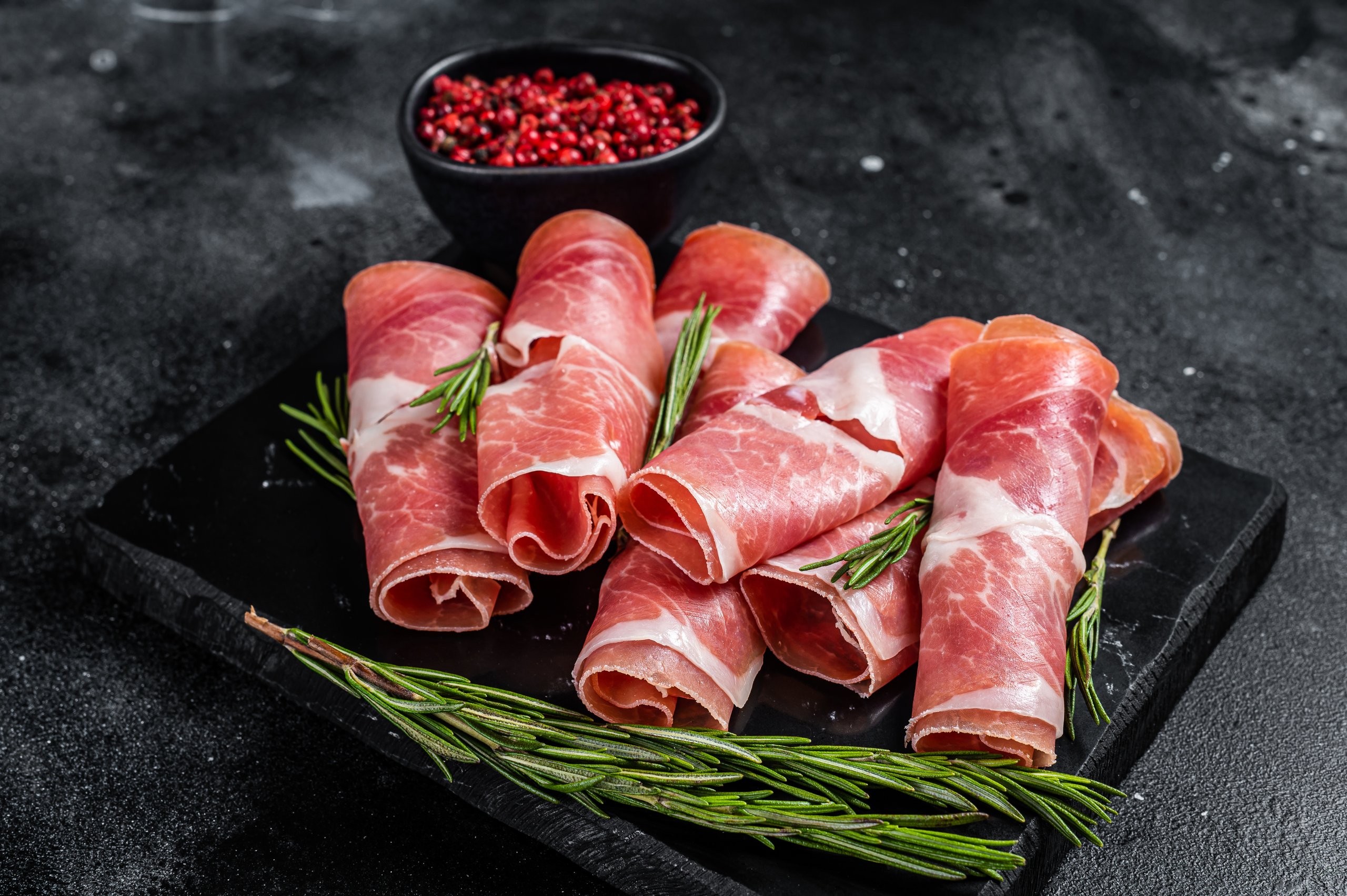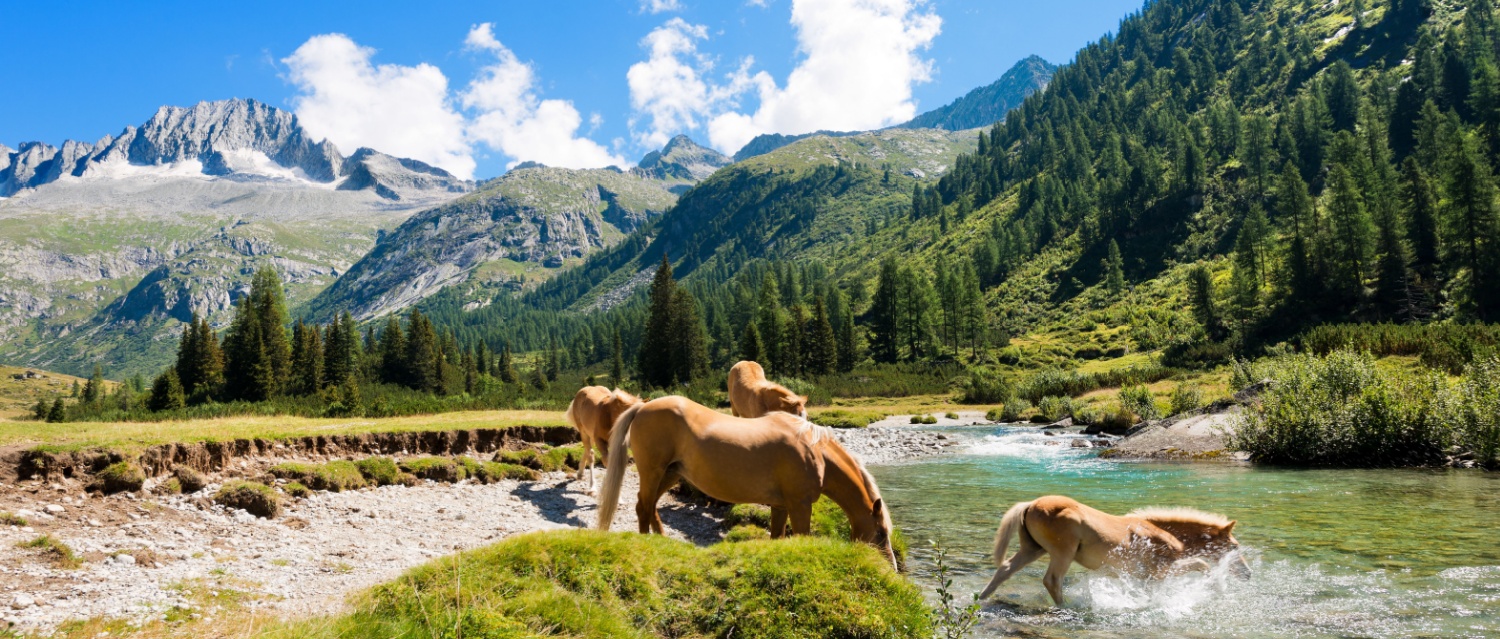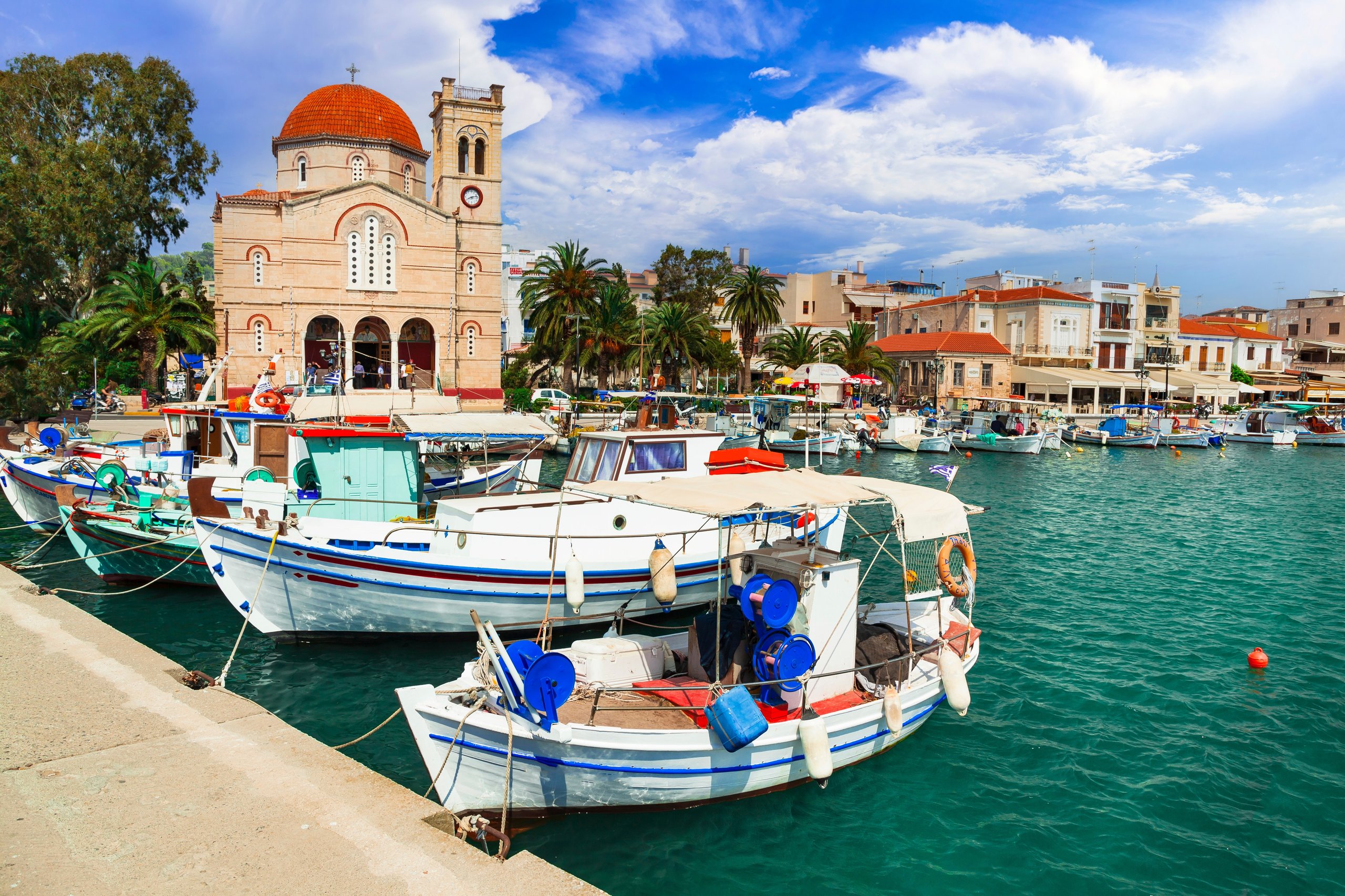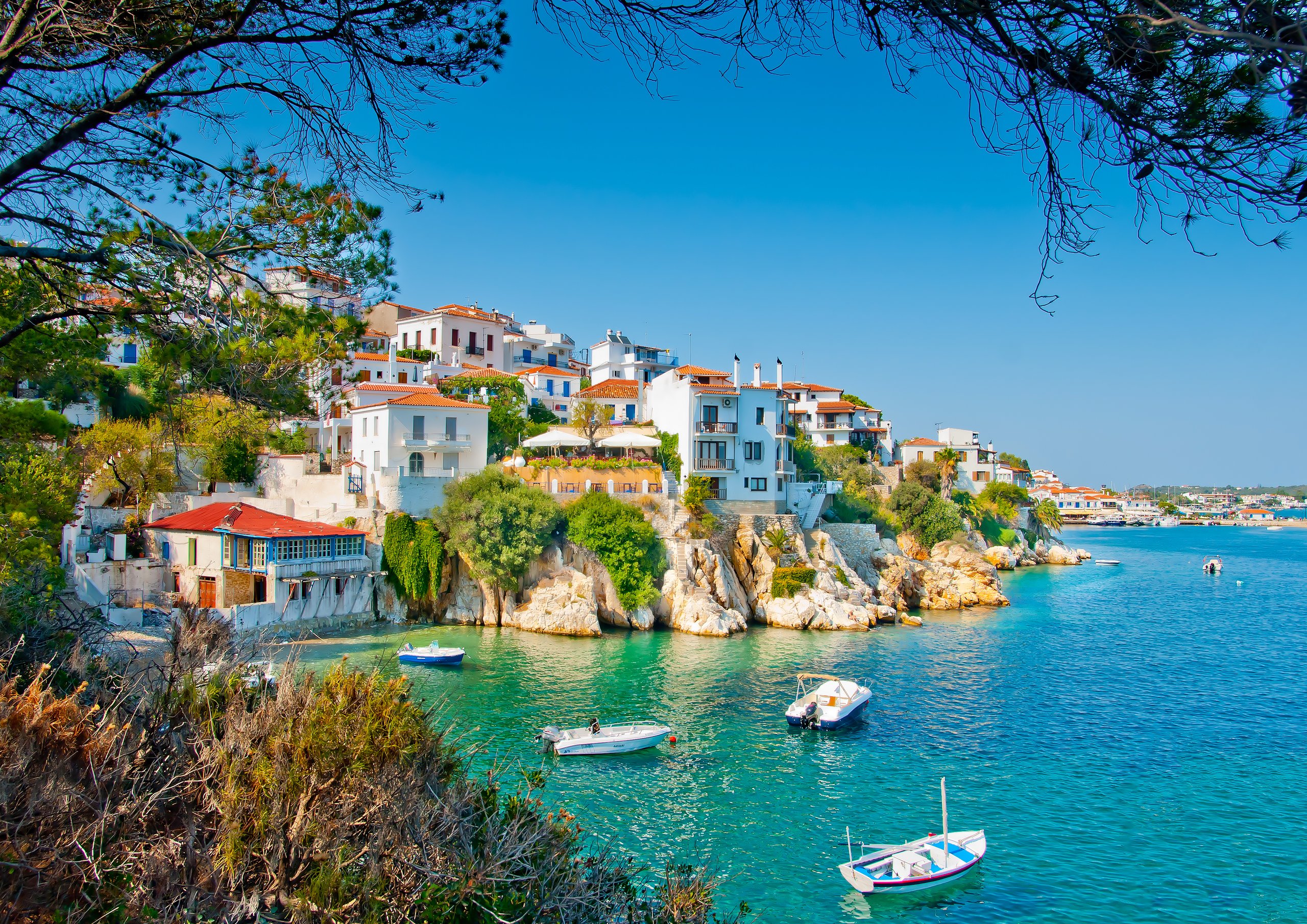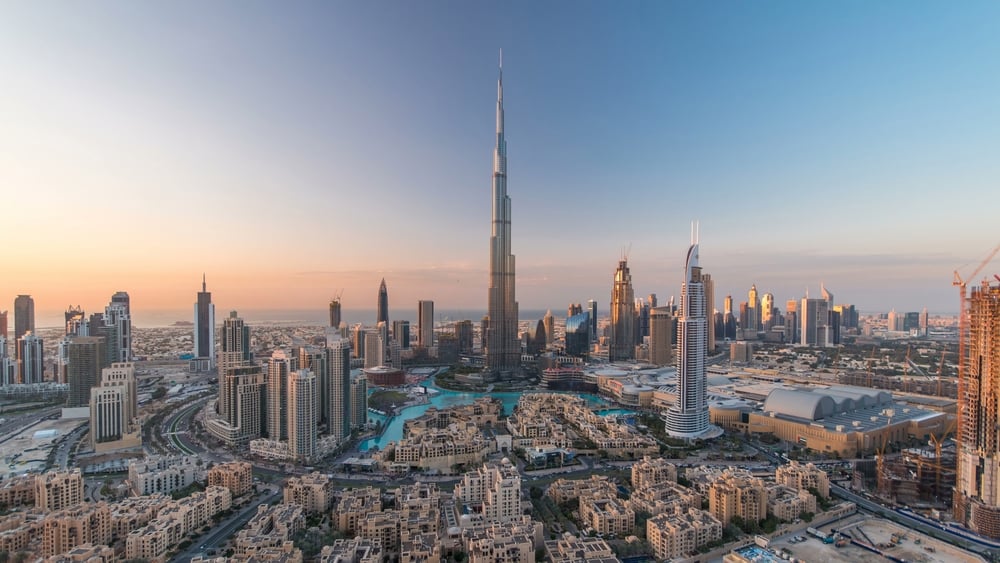Your new home in Italy, surrounded by nature, could be hiding animals you’ve never seen before. What wildlife might you see in Italy?
Italy’s wildlife is part of the treasured natural heritage of “il bel paese”. Your new country or village home in Italy could look across a countryside landscape that hides animals you may have never seen before. They can be shy of humans, but it feels a real honour when you see one.
Italy has over 58,000 species of fauna, which is the highest number and density within the European Union [1]. From the Alpine ibex to the flamingos in the salt pans of Emilia-Romagna, Italy’s landscape provides a habitat for some incredible wildlife, whether they want a place to stay or are migrating to Italy for just part of the year.
The same welcome is given to people from abroad looking for a home surrounded by nature. If you’d love to sit on a terrace, the sun on your face, listening to the birds singing and watching the deer passing through your land, then a countryside home in Italy is the haven you’ve been dreaming of. And the good news is, in the rural areas you’ll find houses for sale at very affordable prices.

Contents
- Italy’s wildlife at our country home
- Protecting the wildlife of Italy
- Hunting season
- Wild boar
- Birds in Italy
- Hoopoe birds
- Italy’s wildlife by the sea
- Flamingos
- Dolphins
- Italy’s wildlife in the mountains
- Wolves
- Bears
- Italy’s wildlife on the islands
- Sicily’s wildlife
- Where to buy a home near Italy’s wildlife
- Preserving the habit of wildlife
Italy’s wildlife at our country home
When you buy a house in Italy, you might not immediately be aware that it is already a home for wildlife. During our own house renovation in Puglia, we noticed that geckos, toads and rock bees were already living there, and there was a bird’s nest above the gate.
After working out where they lived, we left some ledges for nesting, rocks for frogs and lizards to hide under and holes in the stone for bees and geckos.
We now have at least ten geckos living in our courtyard, that come out in the evening to catch the insects attracted to the wall lights. They are fascinating to watch, and the cat enjoys watching them too. Even though he grumbles about not being able to reach them.
On summer evenings, once the cicadas have stopped their chattering, some swallows and a small bat do a few laps of the courtyard at sunset. Occasionally an owl will swoop across too. When all is clear, the toads venture out. We see them hopping along while we are watching open-air cinema on the courtyard wall.
Every morning, I top up water trays for them. I just use the base trays that go under plant pots, and put a few stones in to make it easier for bees to reach the water. We have flowering plants that attract bee-flies and butterflies too.
This year a pheasant has made himself at home on our land. I must admit I do rather spoil him with breakfast every morning. I usually give him the honey dew melon skin, with seeds and chopped nut. But it’s lovely to see him. He wanders off into neighbouring fields, which does worries me as a family of foxes live near the stream.
Protecting the wildlife of Italy
Down by the stream I have seen frogs, water snakes and lots of beautiful blue and pink dragonflies. We used to see quail nesting in the bamboo, but sadly I think the hunters may have got them.
We have tried to make our land a safe haven for birds and animals by having dry stone walls and fencing all the way round. This has to be a minimum of 1.2 metres high, with a “Private, no hunting” sign, to deter hunters. In any case, hunters must stay at least 100 metres (328 feet) away from your home and any areas used for livestock.
Along the river bank, where hunters used to enter, my husband constructed a Tudor style fence, with wooden posts and branches from pruning the olive trees. This has now become a habitat for small birds, and every spring we see a heron.
Although by law, we have to plough a firebreak around the land, we did leave an area of long grass in the centre this year. After not seeing a rabbit for many years, I saw one there last week. We also very occasionally see a hedgehog, field mouse or vole.
Hunting season
Other wildlife frequently spotted in parts of Italy are roe deer and wild boar. There are estimated to be over two million wild boar in Italy and millions of roe deer. In an attempt to control their numbers, hunting is permitted at certain times of year.
It’s worth noting down the dates of the hunting seasons for your area. In general, roe deer are hunted between October and December; wild boar October to January (although year-round in managed areas); red deer and chamois, September to December; and birds from October to January, depending on the species. However, the dates are regulated regionally, so you’ll need to check with your local authority. For example, in Tuscany they do some hunting for roe deer on specific dates in the summer and wild boar in the autumn.
Wild boar
The Italian wild boar or “cinghiale” can be seen in the greatest numbers in Tuscany, Lazio, and Abruzzo, but most regions will have some in areas with suitable habitat.
In Tuscany, there are over 150,000, mainly in the Maremma area. Weighing between 50 to 180kg (110 – 397Ibs) they have a big appetite for berries, roots, tubers, acorns, beech nuts, fruits, snails, worms and bird’s eggs. Your best chance of spotting a wild boar is when driving along a country road at dusk. Look for a blackish-grey back, with a slight bristly ridge, and long snout hiding in the undergrowth.
Birds in Italy
Birds are a precious and most frequently seen category of Italy’s wildlife. Some of the birds that visit your Italian garden may already be familiar to you, such as sparrows, finches, tits, magpies, wood pigeons, collared doves and robins. They’ve probably already reserved nesting spots around your house. You might also see buzzards, kestrels and owls.
Then there are the birds that migrate to Italy at different times of the year, such as starlings in winter and swallows in summer. In the winter two or three black redstarts arrive at our house, to perch on a sheltered ledge under our veranda. You hear them making a click-click sound as their red tales bob up and down, before settling down for the night.
After they leave, it’s the turn of the lesser kestrels. Then, when the warmer weather comes, the hoopoe birds arrive.
Hoopoe birds
At our house, a hoopoe bird nests in a hole in the same olive tree each summer. I can see it from my veranda when I’m having breakfast. It’s easy to identify, due to it’s pale-orange plumage, black and white wings and the tall crest of feathers that open up on top of its head.

Usually, I see them flying in a wave movement or walking around, probing the soil with their distinctive long, thin and slightly curved beaks.
Italy’s wildlife by the sea
If you decide to live on the coast, you will get the opportunity to see wildlife on land and in the sea.
In fact, 658 kilometres of Italy’s coastline is part of a national park, nature reserve or marine protected area. Italian waters have a great variety of fish, including sea bass, mackerel, sole, anchovies, mullet, and tuna. The largest is thought to be the bluefin tuna, which can grow to almost two metres (six feet) long.
Two unusual fish you might spot are the dusky grouper and the Ocean sunfish (Mola Mola). The latter of which can be mistaken for a shark, if you spot its fin when it swims near the surface.
Flamingos
The largest population of flamingos are in the Molentargius-Saline Regional Park near Cagliari on Sardinia. You can also see them on the Orbetello Lagoon in Tuscany, the Po Delta, and in the regions of Puglia, Emilia-Romagna and Sicily.
They usually frequent coastal wetlands, lagoons, saltpans and ponds, but recently they have been upsetting Italian rice growers by landing in the rice paddy fields too.
Dolphins
The best places to spot dolphins in Italy are Sardinia’s “Golfo Aranci”, off the Amalfi coast or the Gulf of Taranto. Jonian Dolphin Conservation is a research organisation located in Taranto, in the Puglia region. They protect all cetaceans of the Ionian sea.
By supporting their work with an annual membership, you are able to be a researcher for the day and go out on their catamaran to look for the dolphins. Researchers have identified six cetacean species in the Gulf of Taranto, including bottle nose and common dolphins. The largest population is the Spinner dolphin with an estimated twenty thousand.
While out on the water you might even spot manta rays, sea turtles, tuna, octopus and seabirds. Loggerhead sea turtles nest on some beaches in Southern Italy, and there is a turtle rescue centre near Brindisi.
Italy’s wildlife in the mountains
The Italian alps and the Apennines have some different wildlife to the hills and plains. Mostly, they keep well away from humans, but in the Alpine villages you might spot a roe deer or an Alpine chamois (a sort of goat-antelope). The best time to spot them is in the early morning or at sunset, on the edge of forests.
Marmot

In the mountains is a furry creature called an Alpine marmot. It is a large ground dwelling squirrel, related to a groundhog, with a head and body length of between 43cm and 73cm (17–29inches). In the Stelvio National park you can see them with a guide.
Wolves
The wolves in Italy almost became extinct, but thanks to better protections, their numbers have now grown to over 3,000. They live in mountainous and forested areas, including the Apennine Mountains, the Italian Alps and the Abruzzo region.
These environments provide good cover for hunting and protection. In Italy, the wolf has great historical significance in folklore and mythology. For example, in Roman mythology, the wolf was believed to have nursed the founders of Rome: Romulus and Remus.
Bears
Brown bears are mainly in the Trentino area of the Alps and the Apennines (Abruzzo, Lazio, and Molise National Park). Indeed, the brown Marsican bear is the symbol of the Abruzzo National Park and there is estimated to be around fifty in the Apennines.

In Trentino, there are an estimated 100 to 130 brown bears, which are mostly in the Adamello Brenta Nature Park. Across Italy there are 26 national parks in landscapes of great natural beauty.
Italy’s wildlife on the islands
On the islands you will find some unique wildlife, such as the Sardinian wildcat and the Sardinian deer, which are endemic to the island. The Sardinian deer is considered endangered, as is the Sardinian long-eared bat. In the mountain areas there is also a wild sheep called the Mouflon, which has very large horns with a circular curl.
Wild horses on Sardinia
The Giara di Gesturi plateau stretches over 45 square kilometres in central-southern Sardinia. It is populated by several hundred wild Giara horses, which run free through the open plateau and drink from the rain water ponds. They are medium height with a bay to dark brown coat. Their large heads resting on a strong neck with a long thick mane.
Its thought that this breed may have been here since the Neolithic Age or the Phoenicians might have imported them (between the 9th and the 3rd century BC).
Sicily’s wildlife
In Sicily, the most unusual wildlife is the crested porcupine. They are similar to a hedgehog, but have long quills. There is also a lot of marine life, including the fin whale which comes to feed in the strait of Sicily and around Lampedusa island.

Where to buy a home near Italy’s wildlife
If you want to buy a house in Italy in an area surrounded by nature and near Italy’s wildlife, a good place to start looking is around National Parks and nature reserves. You can find them listed at parks.it. and Italia.it has further information on the best National parks.
The National Park “Gran Paradiso” in the Valle d’Aosta is a particularly beautiful and is home to ibex, marmots, eagles etc. It is just a two-hour drive from Turin and its airport.

A wonderful forest park near the sea is Foresta Umbra on the Gargano promontory in Puglia. As well as having a breath-taking coastline with cliffs and caves, the Gargano marine life is fascinating, especially in the Tremiti Islands Marine Reserve. The regions of Lazio, Molise, Tuscany and Sardinia are also rich in wildlife.
In rural areas you can still find houses to renovate for well under €150,000, and a property search on Your Overseas Home sorted by “Price: Low to High” reveals over 400 properties between €50,000 and €150,000.
In the mountains and more remote areas, renovation projects start at €50,000. The Abruzzo region and the central Apennine mountains have a lot of wildlife and cheap property.
Preserving the habitat of Italy’s wildlife
The future of wildlife in Italy depends on their habitat being left undisturbed, away from human interference. Thanks to the many nature reserves across Italy they have every chance of increasing their numbers and interested visitors have the opportunity to see them on guided walks, dives and boat trips.
House owners can also play their part by not destroying their habitat with new buildings, paving, pollution or burning. And everyone should ensure wild animals and birds have access to water, especially during extreme weather.
With so many old houses for sale in Italy, it is more sustainable to renovate than build new, and less harmful to wildlife and the environment.
[1] Convention on Biological Diversity Country Profile

